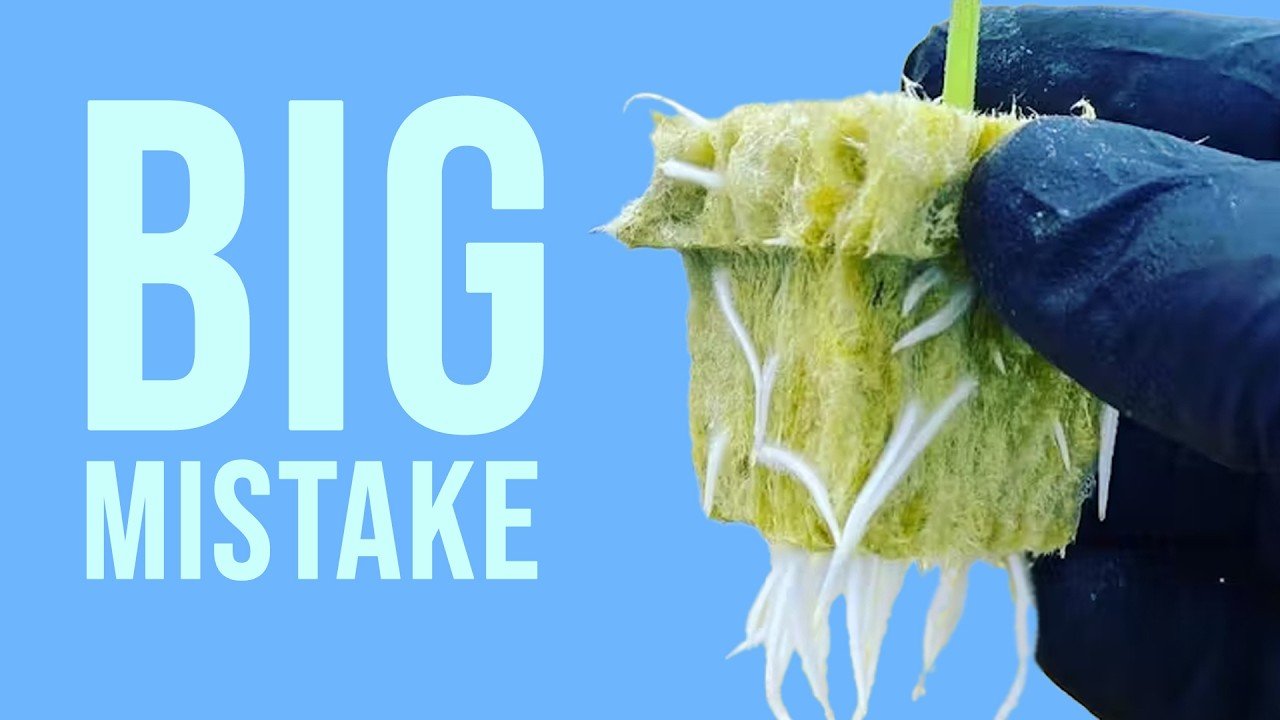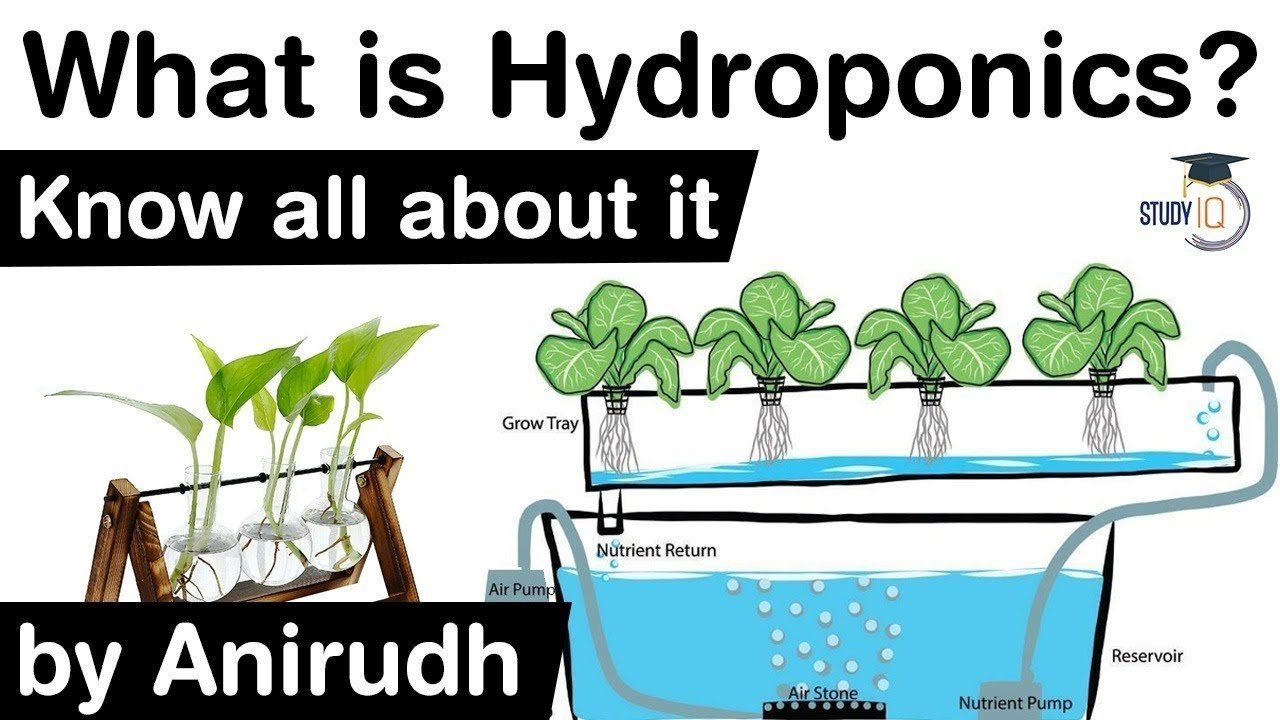A Brother, A Fish Tank, and a Whole Lot of Green
So there I was, sitting at the kitchen table, sipping a lukewarm cup of coffee that had gone cold halfway through my latest obsession: aquaponics. If you’re not familiar, it’s that magical marriage of plants and fish working together in a self-sustaining ecosystem. I first heard about it during a community fair when an overly enthusiastic guy with a tie-dye shirt launched into a passionate diatribe about the future of farming. I remember thinking, “Well, how hard can it be?” and that’s where my little adventure began.
It all started on a balmy Saturday afternoon. I whipped around the house—searching the shed, the garage, even the nooks of my cluttered basement for materials that might resemble “an aquaponics system.” That shed was like a treasure trove of half-finished projects, rusty tools, and a few things I couldn’t even identify. I finally settled on an old fish tank I’d originally bought for my son’s goldfish, Charlie, who passed away unexpectedly. Bless that little fish; he had such a zest for life, darting around with reckless abandon, until he didn’t. Rest in peace, Charlie.
The plan was simple: grow some herbs—basil, mint, maybe even a tomato plant if I felt adventurous—while keeping some fish in the tank. I went to our local fish store and picked up some tilapia, thinking they’d be perfect. They’re hardy creatures, or so I was told, and they don’t mind a novice like me fumbling around. Finally, I was ready to go.
The Fishy Start
I set up the tank on my back patio, which basked in sunlight. I filled it with water, added the necessary system to aerate it, and ended up staring at it like a new parent gauging whether the baby was breathing. The smell of the water was, well, not exactly pleasant—a bit musty, mixed with a hint of algae, and surprisingly, a little sweet. I was getting butterflies in my stomach, oscillating between excitement and sheer bewilderment.
I carefully added the tilapia. They seemed so small and full of potential, darting this way and that in their new home. I took a moment to feel proud, thinking I had completely nailed this operation, only to realize, a few days later, that I had seriously underestimated the amount of ammonia they produced. Oh, the ammonia! Within a week, I took a look at the water and it started to turn a fugly green.
“Didn’t the guy at the fish store say I could just change the water every now and then?” I mumbled to myself, fighting the urge to drown my sorrows in coffee. So, I scrambled to figure out how to balance the ecosystem. I started Googling like a madman, drowning in articles and videos, always circling back to the idea: balance.
“Create a cycle,” they said. “Harness nature.” Little did I know that balancing a fish tank isn’t as forgiving as balancing checkbooks.
The Trouble with Technology
I thought I’d solved the problem when I finally managed to get a pump and filter system working. I snatched an old aquarium pump from the garage—who knew I’d need to keep the water circulating? It felt like a small victory, pumping fresh water through the system like a nervous heart beating faster at a first date. Yet that little contraption threw in some curveballs, mostly about two days later when it decided to go on strike.
“Great,” I said, kicking the base of the pump in frustration. “I might as well just be pouring a bucket of water in there every hour!”
Anyway, after a good amount of tinkering—with some rather colorful language thrown into the mix—I figured out the issue: a dirty filter! When I found it clogged with muck and debris, I practically facepalmed. But after a cleanup that may or may not have involved me wading in half-heartedly, I observed a bit of magic! The water cleared, the plants perked up, and somehow, the fish seemed to enjoy the flow.
Nature Blessings and Heartbreaks
Watching my basil and mint sprout was euphoric, just as seeing the fish swim around made it feel like something was finally coming together. My backyard had become a miniature wonderland of lush green against the somewhat lackluster wooden fence.
But for every two steps forward, I took one back. One morning, I woke up to find two fish at the bottom of the tank. They had passed on into the great fishy beyond, leaving behind a watery wake of despair. I had no idea what had caused it—the algae? The nutrient imbalance? The stress of the pump fiasco? This was the part that knocked the wind out of me. How could I be so naïve?
I almost threw in the towel. But sitting down with a cup of coffee one morning after that heartbreak, I realized something. Gardening—or should I say farming—was not about perfection. It was about experimenting. It was the beauty of life: the blooming and the wilting, and sometimes, the death.
Just Dive In
Today, my little aquaponics system isn’t perfect. It’s a patchwork of trial and error. Some days, I feel like I’m losing the battle—when the entire system smells more like a swamp than an oasis. But for every setback, there’s a sprouting plant or a glimmer of hope.
If you’re thinking about diving into this, or even a tiny backyard project of your own, don’t worry about it getting perfect. Just start. You’ll figure it out as you go. And believe me, even if your first batch of tilapia ends up as fish food, you’ll come away a little wiser, a little more connected to nature, and probably with a few more stories worth telling over coffee.
If you’re intrigued, why not reserve your seat at our next session? Let’s learn together—minus the dead fish, hopefully! Check it out here.







Leave a Reply